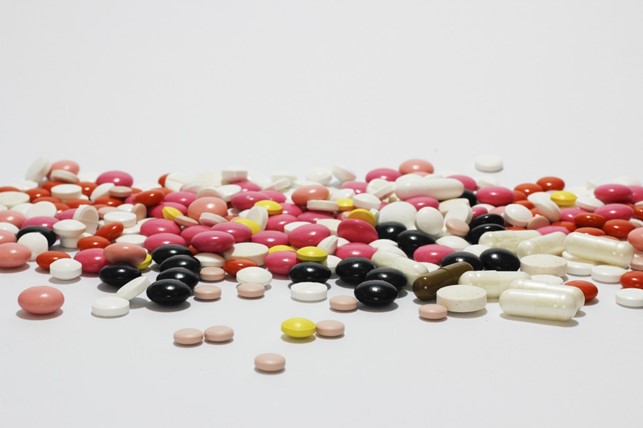
Pharmaceutical revolution: personalised printed pills for each patient
Australian researchers have used 3D printing to combine multiple drugs into a “poly-pill”
3D printing technology, traditionally used for rapid prototyping and complex object production, is also revolutionizing the pharmaceutical industry. Some Australian researchers have used this technology to combine multiple drugs into one “poly-pill”, and thus relieve the burden of those who must take more drugs every day.
One pill, many drugs
This “poly-pill” is made of a biocompatible material and gradually releases the active ingredients into the body, just as the doctor predicted. It can also be customised to meet the different needs of patients:
- Customized dosage and schedule: The pills can be adapted to the specific needs of each patient, both in terms of dosage and intake time
- Facilities for everyone: Children, the elderly and people with visual disabilities will benefit from pills colored, with funny shapes or written in Braille
How does the magic of 3D printing work?
The drugs are mixed with a special material and then deposited in thin layers inside a 3D printer. In this way, you can create pills with customized shapes and sizes, where each layer releases a different active ingredient.
The benefits for health and well-being
- More effective: By releasing drugs in a controlled manner, absorption is improved and therapeutic effects are optimized
- Reduced risk of side effects: By reducing the interaction between different drugs, possible side effects are minimized
- Better quality of life: By simplifying the management of therapy, you increase the quality of life of patients, especially those with chronic diseases
- Solutions for remote areas: 3D printing could revolutionize access to medicines in the most isolated areas, where availability of medicines may be limited
The challenges of the future
Despite the great advantages, 3D printing of drugs still presents some challenges:
- Regulation: A clear and precise regulatory framework is needed to ensure the safety and effectiveness of these new products
- Cost: 3D printing technology is still expensive, but prices are expected to fall in the coming years
- Availability: 3D printing of medicines requires specialized equipment and qualified personnel, so it will not be immediately available in all pharmacies
A promising future
Despite the challenges, the future of 3D printing in the pharmaceutical industry is promising. This technology could revolutionise the way we design and produce medicines, paving the way for increasingly personalised and efficient medicine.


